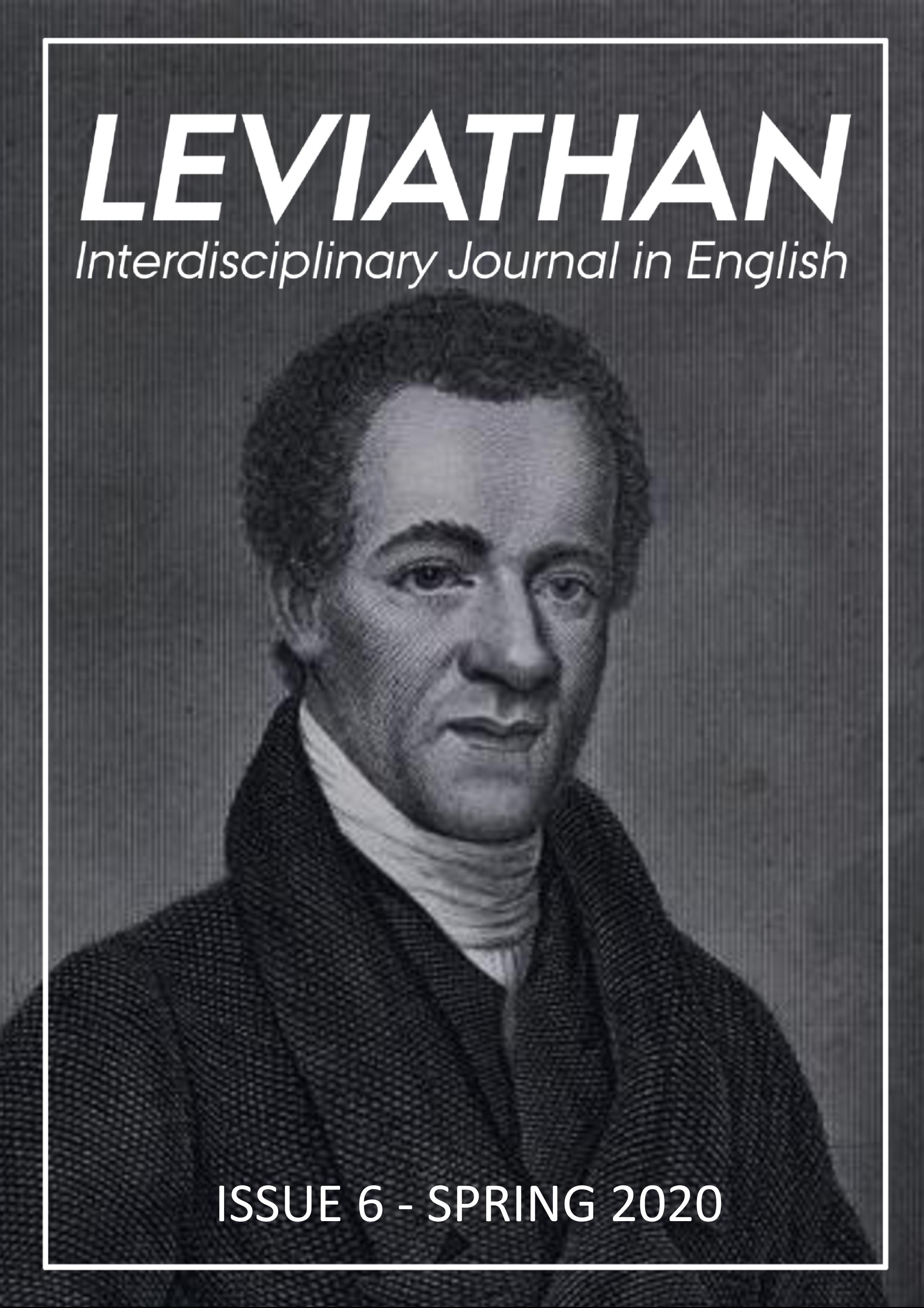Becoming Jane Eyre
Getting Rid of The Androgynous Shadow
DOI:
https://doi.org/10.7146/lev.v0i6.119256Keywords:
colonization, race, class, gender, androgyny, Sex and Gender in the Victorian NovelAbstract
This article explores the parallels drawn between the characters of Jane Eyre and Bertha Mason in Charlotte Bronte’s 1847 novel Jane Eyre, using Jean Rhys’ 1966 novel Wide Sargasso Sea to further this comparison. I use Sandra M. Gilbert and Susan Gubar’s argument that Bertha is Jane’s double, or other self, to argue that Jane and Bertha both possess a form of androgyny within their characters, Jane’s due to her class and Bertha’s due to her race. I suggest that these forms of androgyny prevent Jane, in particular, from becoming spiritually equal with Mr. Rochester, proposing that, due to their connection as doubles, Jane must be rid of both her own, as well as Bertha’s androgynous shadow, in order to enter into marriage with Rochester as his equal.
Downloads
Published
How to Cite
Issue
Section
License
Attribution-NonCommercial-NoDerivatives 4.0 International (CC BY-NC-ND 4.0)
You are free to share (copy and redistribute the material in any medium or format).
However:
You may not use the material for commercial purposes.
You must give appropriate credit, provide a link to the license, and indicate if changes were made. You may do so in any reasonable manner, but not in any way that suggests the licensor endorses you or your use.
If you remix, transform, or build upon the material, you may not distribute the modified material.
You may not apply legal terms or technological measures that legally restrict others from doing anything the license permits.





